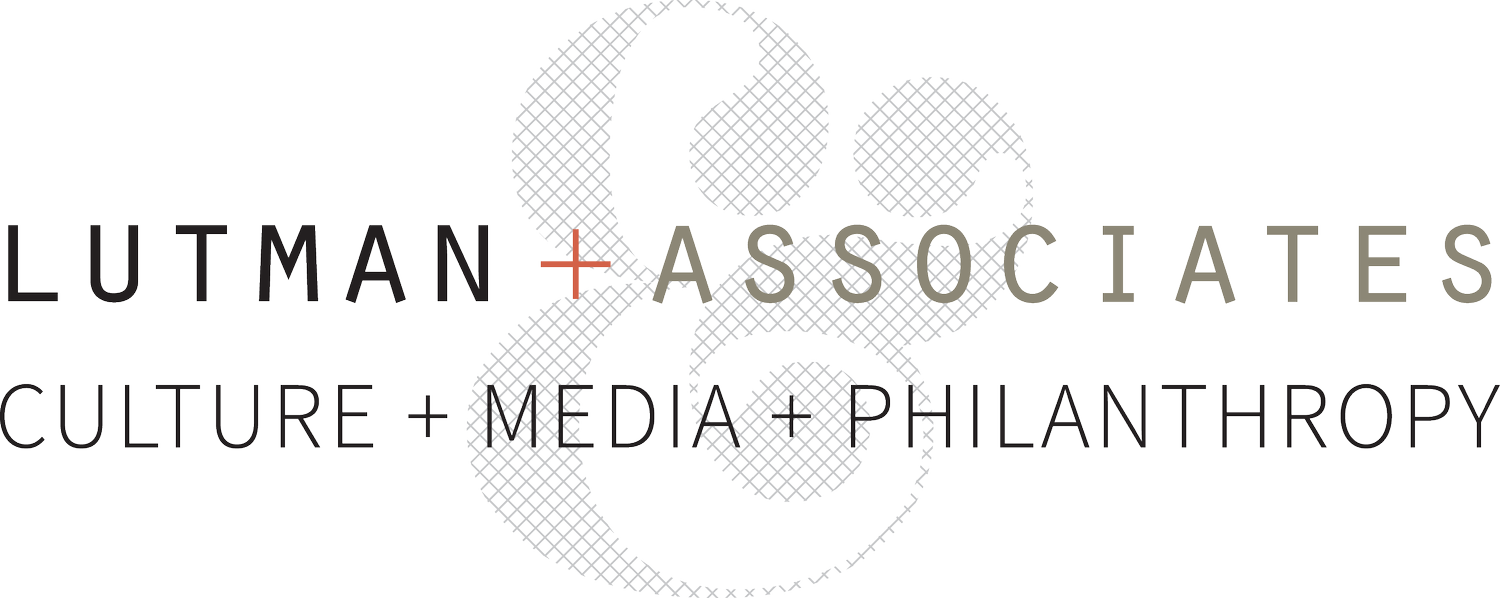Nonprofits fret that tax changes are driving away donors
Originally published in the December Twin Cities Business Magazine.
A lot of civic attention is being paid to the Twin Cities region’s appeal to millennials. Will they choose the area as a place to live, work and raise their families? There’s evidence that millennials’ choices are based on the place as much as the job; they want to live somewhere vibrant and cool.
For boomers and seniors, the question of what makes a place attractive is altogether different. Cool takes on another meaning—winter gets old, it’s harder to drive in the dark and the same lively restaurant you enjoyed at 30 requires earplugs at 65. But beyond that lies an increasingly discussed question among more affluent boomers. Can they afford to die here? With changes in Minnesota’s income and estate taxes laws, more boomers are weighing their choices, too. Why choose Minnesota? A recent Wall Street Journal article detailed “Where Not to Die,” and put the state near the top.
For generations, snowbird Minnesotans have spent a few weeks each winter in Southern states—with lower taxes—and returned in time to get the cabin ready for summer and the grandchildren. These folks still consider themselves Minnesotans: They vote, own property and pay their taxes here. Many remain active in the nonprofit sector, flying back for board meetings or participating by phone. It’s common for Minnesota’s major nonprofits to hold winter parties and fund-raising events in Florida and Arizona. The Minnesota Club in Naples, Fla., boasts several hundred members and is an active forum for nonprofit leaders.
After a series of changes to Minnesota’s tax rates that include lowering the income floor for the highest tax bracket, raising taxes on gifts, and changes in capital gains and estate tax rules, some think legislators have hit the upper limit. The result? The wealthy and their advisors are weighing tax-relief scenarios through relocation to lower-tax states.
What’s more, nonprofit leaders are hearing from major donors about this, and in a big way. Older donors have more discretionary time and money to spend volunteering and contributing. Large gifts often are built into estate plans and come in the form of long-cultivated bequests. And some nonprofits say their donors’ advisors suggest curtailing Minnesota donations and resigning from board membership to make clear that their residency is indeed their new home state.
Are nonprofits’ worries misplaced or is an exodus underway? Having heard the concern, I asked two financial advisors for a reality check. Ted Contag, wealth advisor at Thrivent, had this to say: “Many clients have brought this up; yes, everyone is talking about it. Generally it’s not only a tax question but also a weather question.” With respect to taxes, he added, “if the state continues to be punitive in comparison to other states, then people will consider moving more seriously.”
However, he doesn’t see as many people pulling the plug on Minnesota as there are people worried about it. “Ties to family are the most important factor,” he says. Many seniors want to live near grandchildren and extended family. “I think weather is a much bigger deal,” Contag continues. “Yes, seniors can and do leave. But many of my clients love it here and are committed to the state.”
Minnesota defines a person as a resident if they spend 183 days or more here, and also considers factors such as home ownership and car registration. “The commissioner [of revenue] has said that charitable donations will not be a factor in determining residency in disputed cases,” Contag says, but, he cautioned, donors should get clarity from their tax advisors if they think their residency may be questioned.
Ross Levin, president of Accredited Advisors, concurred that the subject of where to live looms large for his older clients. He sees another angle: Even when seniors leave for a portion of the year and retain their Minnesota residence, they’re likely to get involved in their new home-away-from-home and begin to split their energy and money between locations. “Charitable, engaged people want to be charitable and engaged in the communities where they live, even when it’s part time.”
How clients weigh the residency decision works differently depending on circumstance and outlook. Many clients “are disillusioned with what they consider Minnesota’s culture of taxation,” Levin says. Others weigh the tax benefit of living elsewhere against Minnesota’s strong health care system and other civic infrastructure, and decide to stay. And Ross concurs that family ties are important. Children and grandchildren are hard to leave behind, even for the minimum 183 days. “And people do count the days,” Levin says.
All this puts more pressure on wealthy individuals who stay in Minnesota to give more and do more for Minnesota’s nonprofits. “Wealthy clients who stay in Minnesota are inundated with funding requests,” Levin says. He also added that the loss of seniors is not just a financial loss, “it’s a worrisome brain drain.”
One thing is certain. It’s more important than ever for nonprofits to keep older donors and volunteers engaged. If your organization doesn’t have a strategy for that, better get busy. More than just millennials have a choice.
